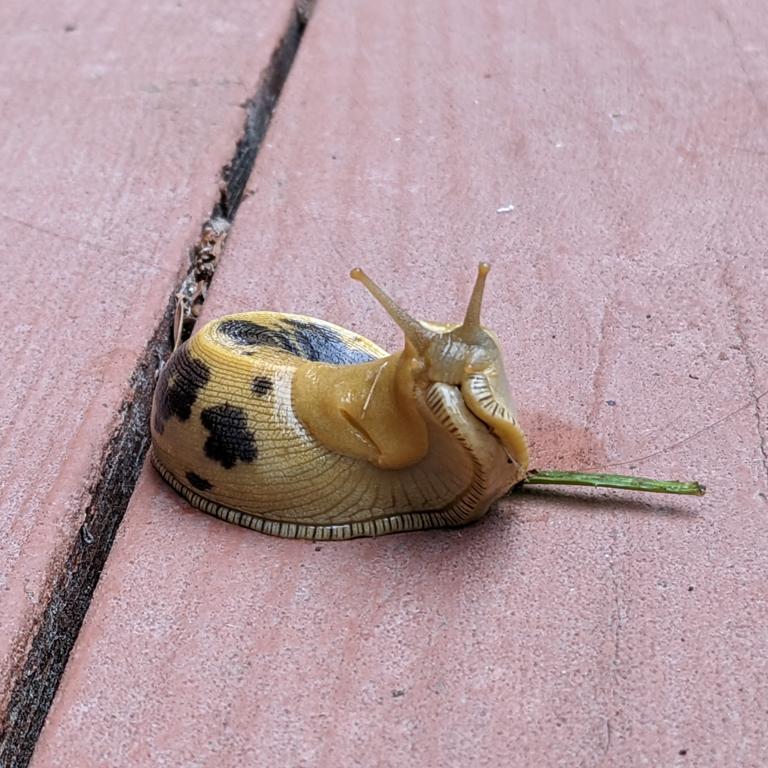Hey! It looks like you're just getting started with character animation -- and ah, I remember being there. And I get the impression that you're going in cold, without training, which is tough. Walk animations are a largely solved problem so I think there are a few quick tips that will make life a LOT easier for you.
I recommend checking out a couple walkcycle tutorials to get an understanding of the structure of walk animations. There are a ton of these, so literally just put "walkcycle tutorial" into Google. You'll find excellent tutorials in writing, video, and images. For example, here's the first image I get on google with that search (from http://www.angryanimator.com/word/2010/11/26/tutorial-2-walk-cycle/ ):
[attachment=35380:wlk01.gif]
You could cut out half the frames from that and it'd still look good. Key thing here vs. what you've got is it looks like you're keeping the body completely still while modifying the limbs to add motion; this makes it feel oddly pinned-in-place. You've got to move the entire body to get a feel of shifting weight and motion. You can see in the example image how the entire body lifts and dips, and the limbs really swing (though it's a bit exaggerated there for emphasis).
I recommend trying a re-draw after going through some tutorials and using some of the images as a motion guide. & I suggest rendering the figure in shapes of colour, no details, to get the movement of the masses feeling right first before adding the details. You don't want to commit to the finicky details too soon, it's important to render loosely at first so you can experiment to get the movement looking correct. To show an example, here's a monster animation I was working on a while back:
[attachment=35381:grem_hop.png]
Just messy masses of colour to get the movement right. If the movement sells the character, then it works. The detailing is just icing on the cake.
Anyway, good luck!








